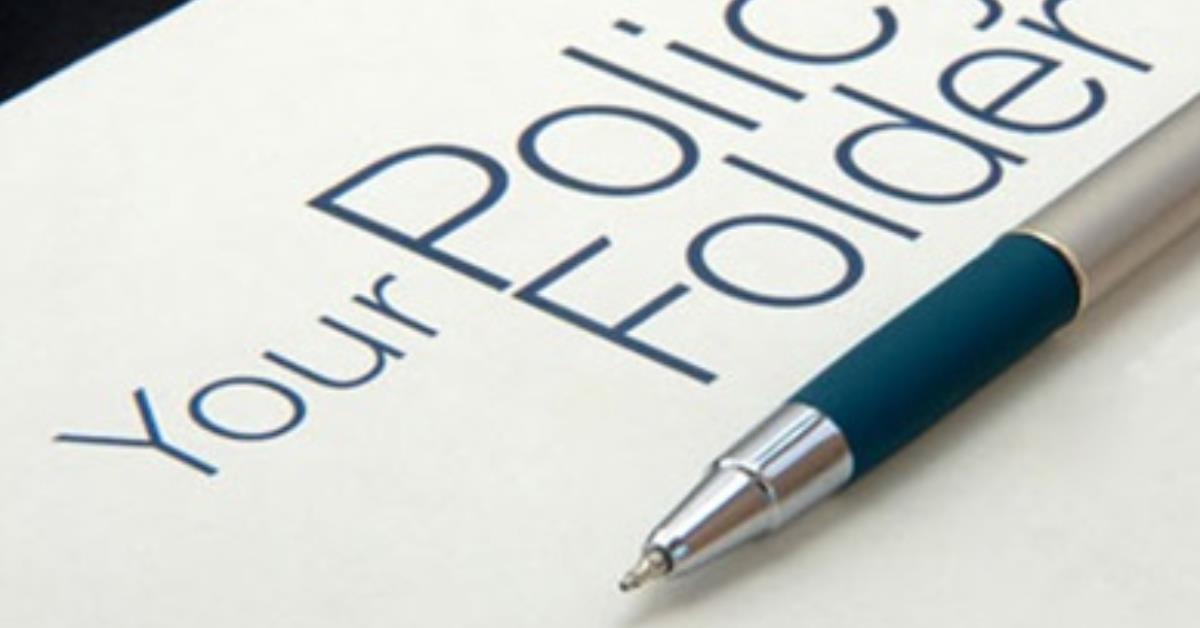Are you a Business Owner? 4 Examples of Employee Policies that you Should Consider
All employers are legally obligated to have in place an employee policy and procedure manual. These policies cover all legal aspects of an occupation, for instance, harassment and anti-discrimination, workplace attendance and communications. They are ways for employers to impose disciplinary actions when necessary to those employees that display unsuitable workplace behavior.last updated Monday, April 1, 2024
#Employee Policies #Employee Harassment
| | by John Burson |

QUICK LINKS
AD
Get access to EB 5 Visa Investment Projects
All employees should attest that they have read and understood the workplace policy and procedure manual as an employment condition. Following are a few samples of employee policies:
Harassment
Policies on employee harassment help create a respectful and cooperative workplace. These policies prohibit harassing behavior between supervisors, co-workers, contractors, and managers. Examples of harassing behavior that can violate the policy and procedure manual include negative stereotyping, offensive jokes, inappropriate physical conduct, inappropriate nonverbal conduct, and the distribution of offensive images. Policies that prohibit harassment support equal opportunities and prohibit discrimination by gender, race, pregnancy, disability, religion, or any other characteristics or classes protected by law.
Attendance
The employee attendance rules allow employers to communicate their expectations regarding work schedule adherence. These policies emphasize the importance of attending to work schedules regularly and the consequences of not adhering to them. The attendance policies also lay out how to report absences. For instance, these laws explain which number to contact if an employee is late or won’t go to work. The policy also communicates the number of absences an employee has before an employer corrects the behavior.
Alcohol and Drug Abuse
Employers should have drug and alcohol-free policies that prohibit alcohol and drug usage while working. As an employer, you can tailor your policy and procedure manual to meet your organization's needs. The policies should include why you have implemented the program. For example, you can implement such a policy for employee well-being. The policy describes the prohibited behavior, for instance, the possession, use, or sale of illegal drugs. Drug-free workplace policies include the consequences for not complying, for instance, termination in case an employee is caught with alcohol or drugs while at work.
Electronic Communications
Today, businesses use electronic communication for efficient interactions. An electronic communications policy and procedure manual governs email, the Internet, telephones, personal media devices, and fax machines. Such policies ensure that employees use technology only for business purposes, including prohibited websites and how employers can monitor electronic communications.
Free Consultation
Similar Pages
- Five Steps To Making Sales Through Social Media

- LinkedIn Sales Navigator, GMail & CRM: Working Together to Boost Sales

- Tools and services for B2B marketers on Social Media Marketing

- 10 Essential B2B Social Media Tools for Efficient Marketing

- B2B Social Media Marketing: Smart Ways to Generate Leads

- B2B Video Marketing: Best Practices to engage customers and improve conversion

- B2B SEO: Best Practices

- B2B Social Selling: Making a Foolproof Plan

Popular
Benefits of the EB-5 Visa Program | Guide
Search within Paperfree.com
